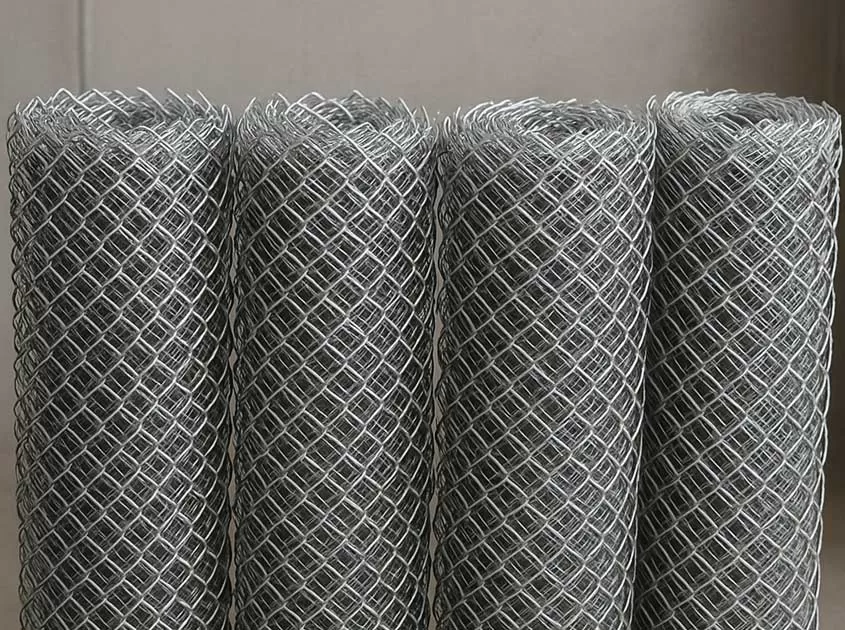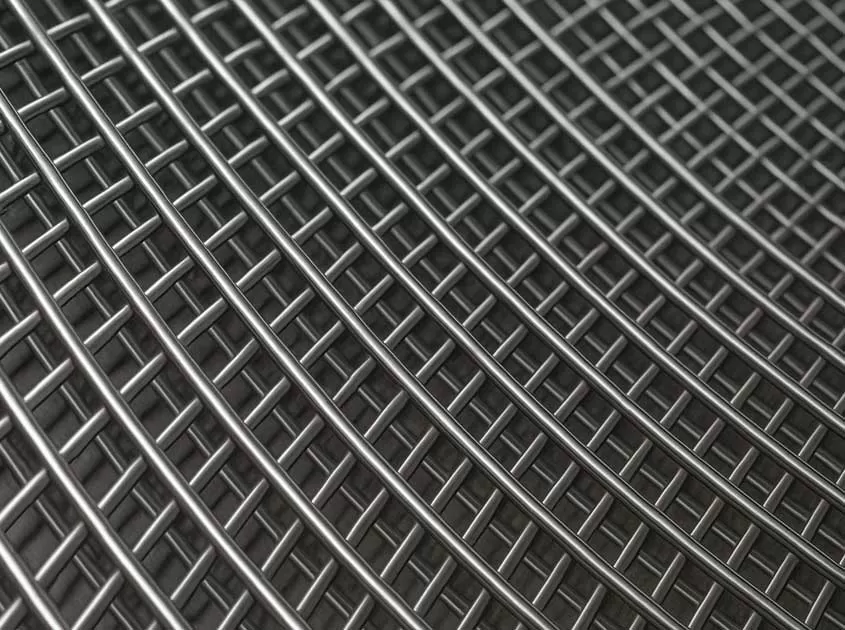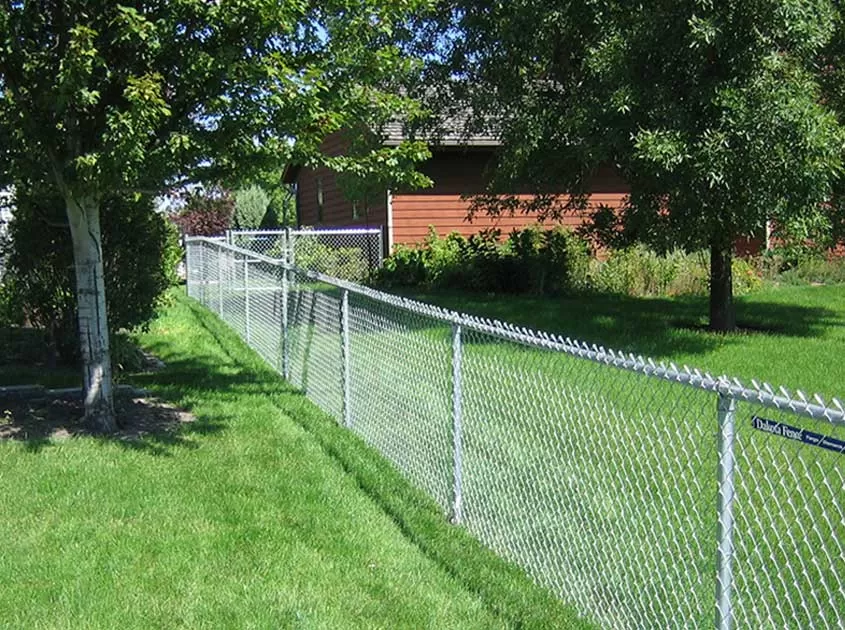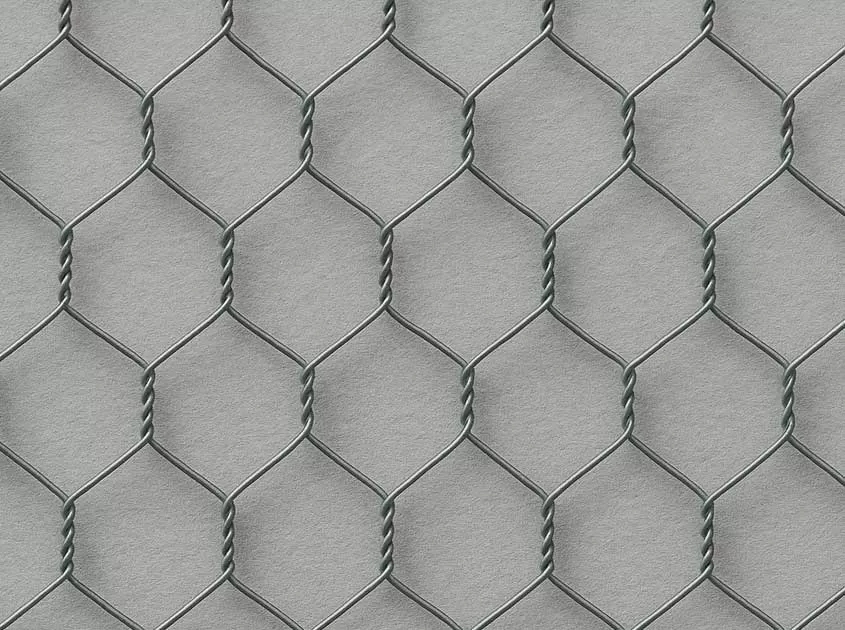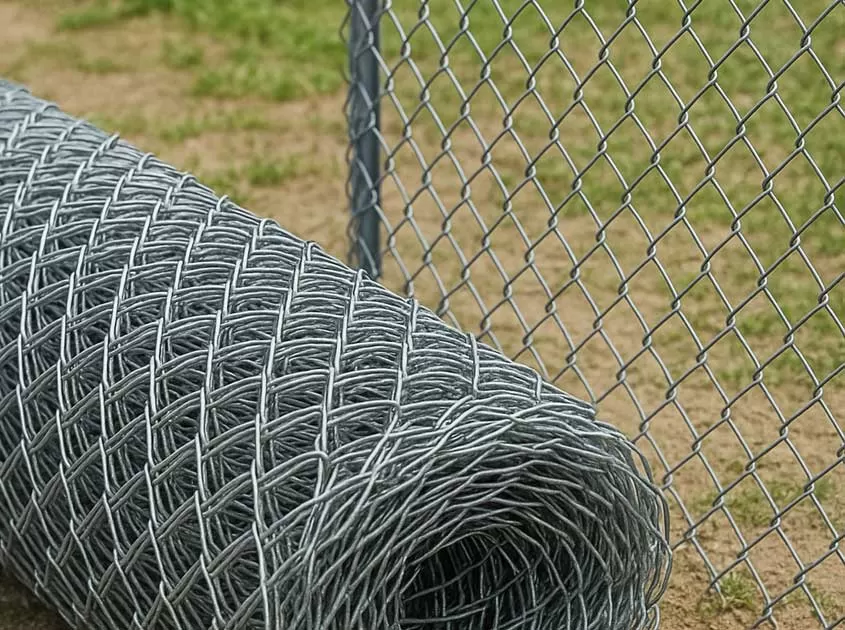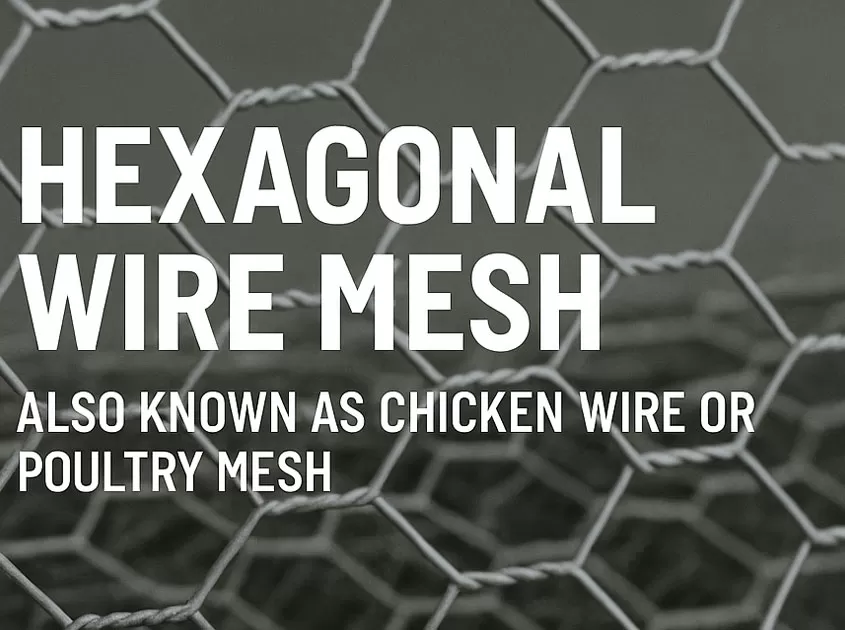How is chicken wire mesh different from other types of wire mesh
Chicken wire mesh is a versatile material commonly used in various applications, including fencing, agriculture, construction, and crafts. Among the different types of wire mesh available, chicken wire mesh stands out for its unique characteristics and specific uses. In this article, we will explore how chicken wire mesh differs from other types of wire mesh, highlighting its distinctive features and applications.
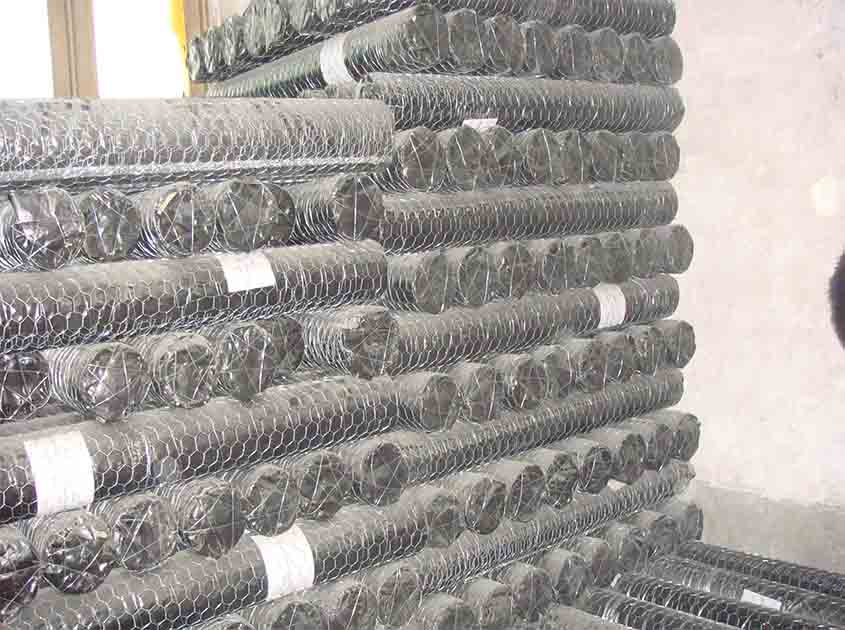
Mesh Construction:
Chicken wire mesh, also known as poultry netting or hexagonal wire mesh, is characterized by its distinct hexagonal-shaped openings. This design sets it apart from other wire mesh varieties that typically feature square or rectangular openings. The hexagonal pattern of chicken wire mesh offers several advantages, such as increased flexibility and better coverage for enclosing small animals and birds.
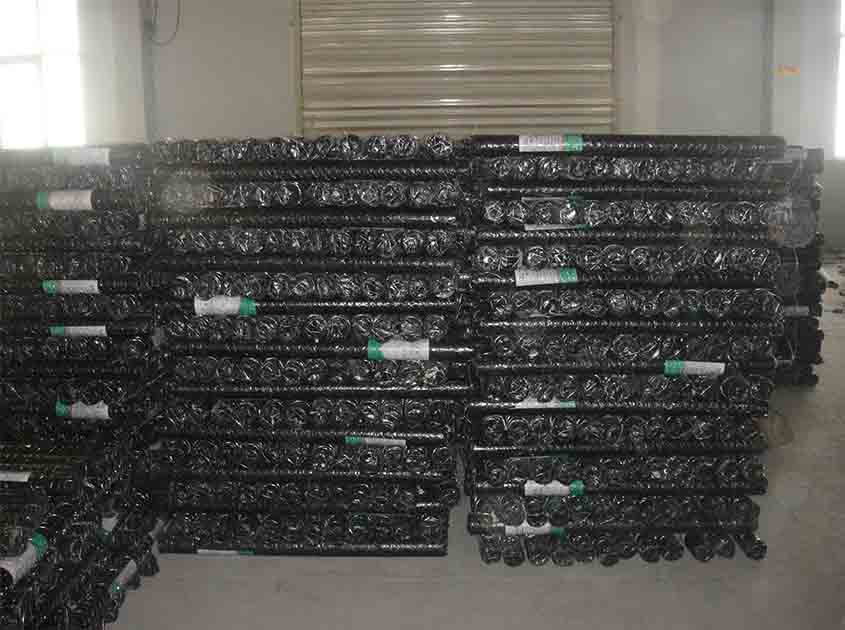
Lightweight and Flexible:
Compared to heavier wire mesh options like welded wire mesh or chain link fencing, chicken wire mesh is relatively lightweight and flexible. This makes it easier to handle and manipulate during installation. The flexibility of chicken wire mesh allows it to conform to irregular shapes and contours, making it suitable for applications where flexibility is crucial, such as enclosing curved or uneven surfaces.
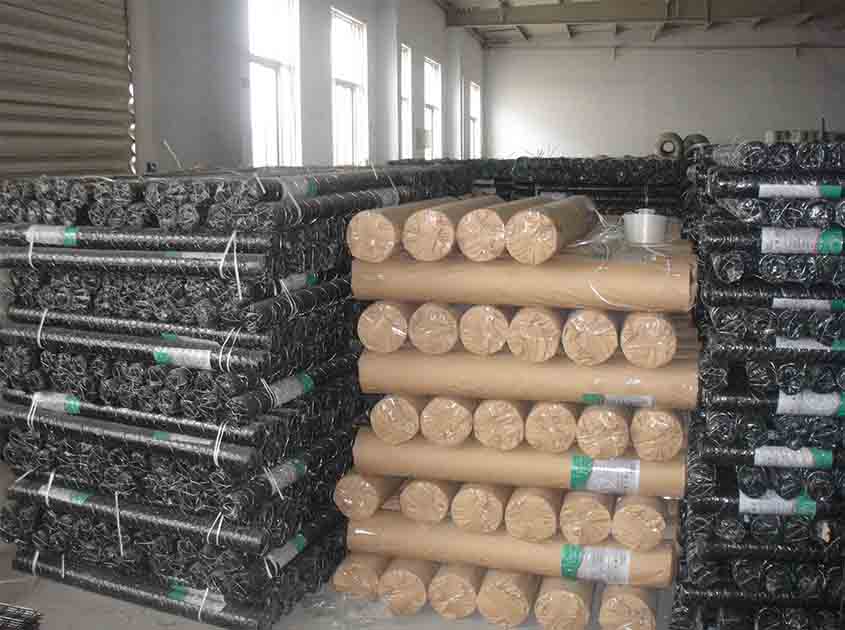
Smaller Gauge Wire:
Chicken wire mesh is commonly available in smaller gauge sizes compared to other types of wire mesh. The gauge refers to the thickness of the wire used in the mesh. The smaller gauge wires used in chicken wire mesh provide a balance between strength and flexibility, making it suitable for applications where lightweight yet sturdy fencing is required. However, it is important to note that the smaller gauge wire may be less resistant to heavy impacts or forces compared to thicker wire mesh options.
-
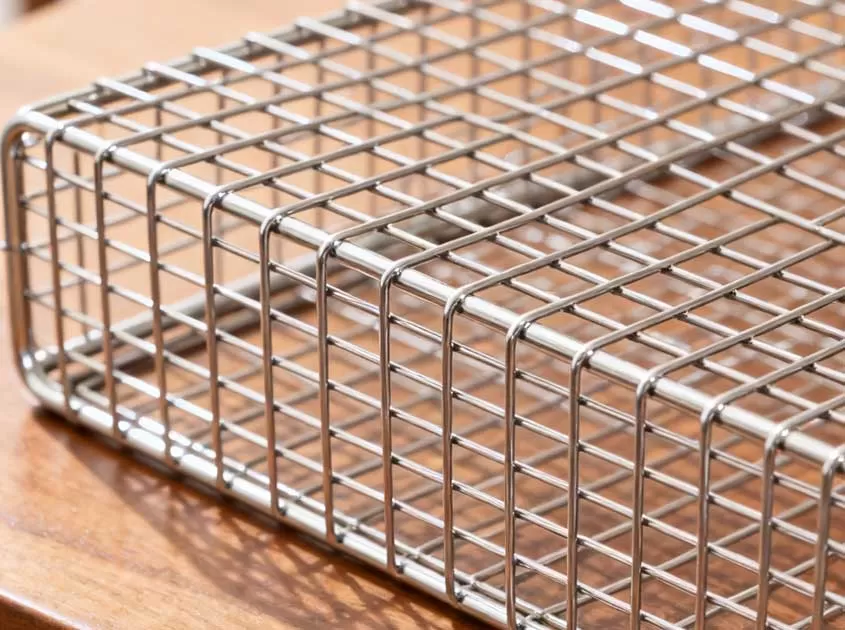 Corrosion-Resistant Stainless Steel Wire Mesh Oct 28, 2025
Corrosion-Resistant Stainless Steel Wire Mesh Oct 28, 2025

- Tel.: +86 311 83077076
- E-mail: sales@qunkunmetal.com
- Skype: qunkunsales01
- WhatsApp: 8618032412189
- Add.: No.69 The Filter Industrial Part of Anping, Hebei, China




